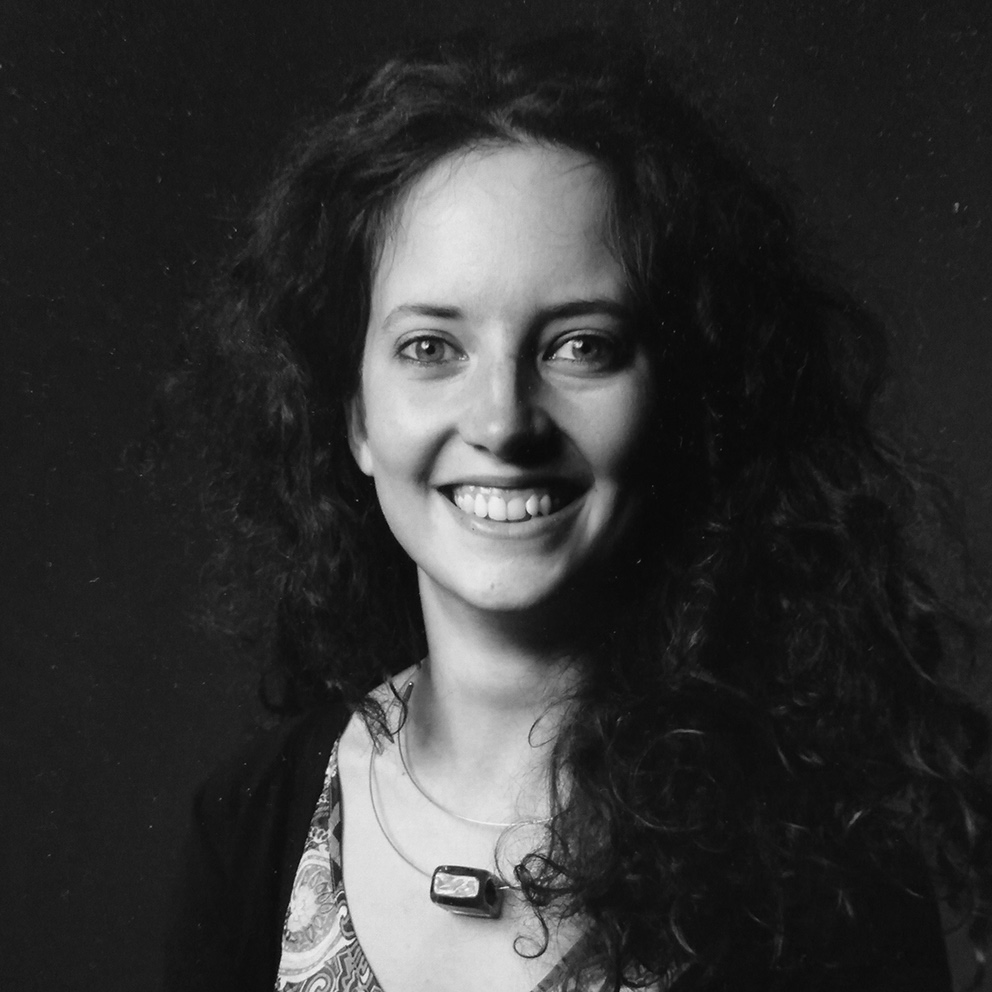
Caterina Tomba
Caterina Tomba got her PhD in Physics for Life Sciences in December 2014 from the University of Grenoble Alpes (France), after studying Physics at the University of Turin (Italy). After a postdoctoral position at the Department of Biochemistry of the University of Geneva (Aurélien Roux Lab), she joined the Institute of Nanotechnologies of Lyon (France) as a permanent CNRS researcher in January 2021.
She initially worked on primary brain cells, focusing on neuronal polarization and glial cell sensitivity to mechanical properties of their environment. Her research activity focused then on epithelium mechanics and she is now developing bio-microsystems in order to better understand tissue mechanics (e.g. intestinal epithelium) by reproducing the physico-chemical properties of the tissue microenvironment (e.g. topography, movements).
Friday April 21st
Tissue responses to dynamic changes of curvature
The formation of epithelial tubes takes place during organogenesis and this structural feature is then maintained in several organs. For instance, during neurulation, epithelial tissue deforms in tubular shape, as an intermediate process at the origin of the central nervous system. Then, in the gut, this tubular geometry is essential to transport gases and liquids in the body. These shape changes at the tissue level involve processes at the cellular scale, like cell shape changes, rearrangement and proliferation. Today, for example, the understanding of the mechanisms underlying epithelial tube formation remains elusive due to the complexity to access to both the tissue and the cellular scale observation in 3D environments.
Our goal is to better understand the coupling between cellular processes and tissue folding at different temporal and spatial scales. We developed a technique to fast fold an initial flat tissue in a given curvature. Its principle is to generate a differential stress in a bilayer film of PDMS (polydimethylsiloxane) that allows us to obtain an out-of-plane curvature in self-rolling substrates [Tomba et al., Dev Cell 2022]. For example, we showed that epithelia, to comply with curvature, transiently and actively swell while adapting to large curvature induction.